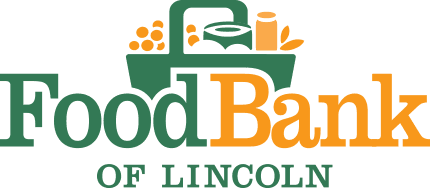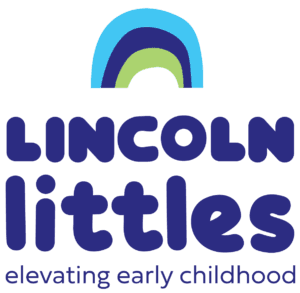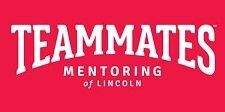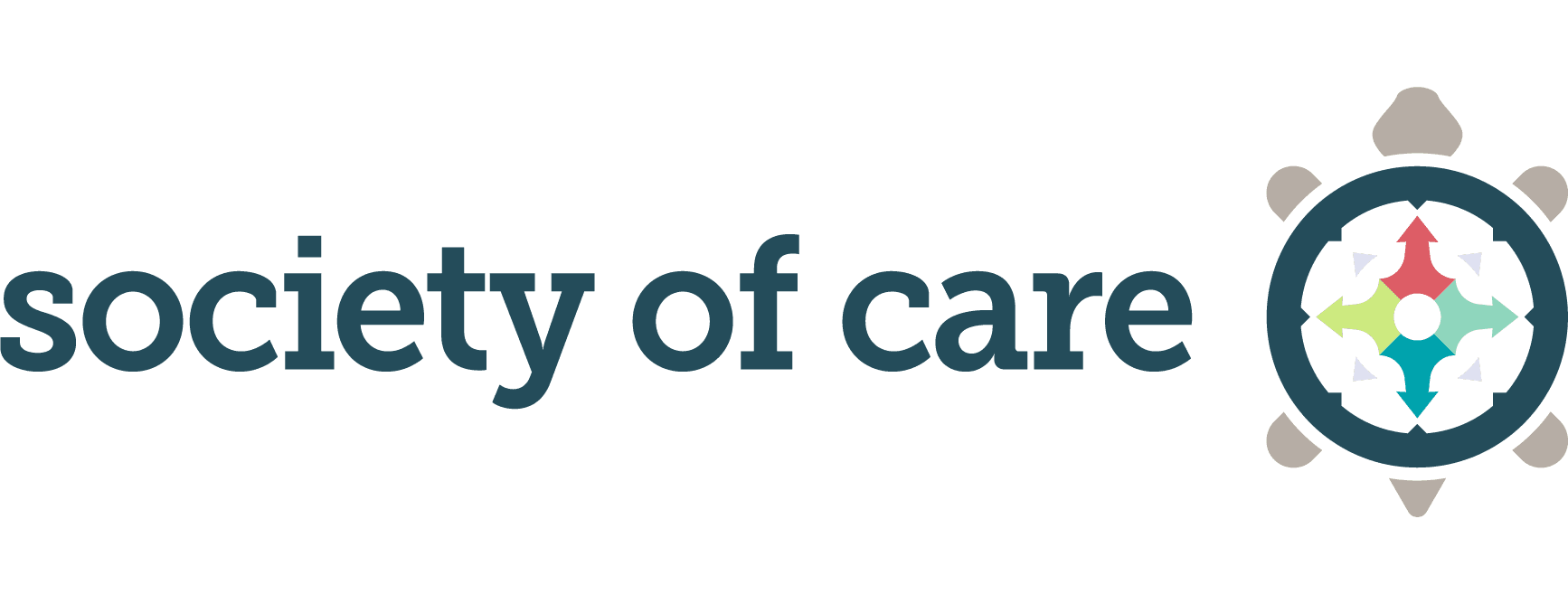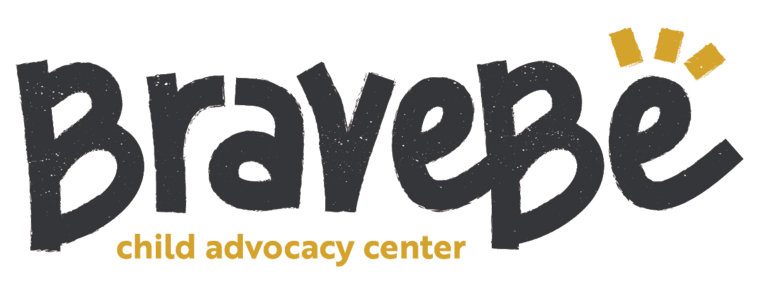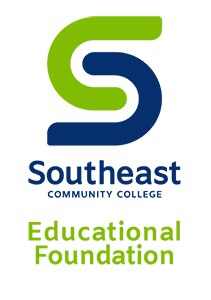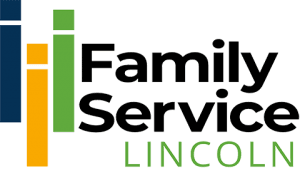501(c)(3)
The section of the Internal Revenue Code that defines nonprofit, charitable, tax-exempt organizations.
Authorizing Officer
The person, often the board president or agency director, who is authorized to sign official documents for the applicant organization.
Benefits
What it will cost the applicant to pay necessary payroll taxes and provide a benefit package (including FICA taxes, insurance, etc.) to project employee(s).
Cash
Any money that has been fully committed or that has a great likelihood of being committed to the proposed project. Examples include grant funds from other sources or private donations.
Debt Reduction
Deficit funding, loan repayment, or retirement of costs incurred before the effective date of the grant. CHE does not fund debt reduction.
Dollar-for-Dollar Match
Applies to capital construction, renovation, and/or equipment grants only. A dollar-for-dollar match may be cash or donated goods or services contributed by a third party. General operating funds or in-kind contributions by the applicant cannot be used as matching funds. Donated goods and services received prior to the grant period may be considered match if the goods and services are fully dedicated to the project funded by CHE.
Health Equity
"The state in which everyone has a fair and just opportunity to attain their highest level of health," (Centers for Disease Control, Office of Health Equity, 2023).
Indirect Costs
Costs associated with administrative overhead, fiscal/accounting services, and other general, operational support that are not readily assignable to a specific project or program.
In-Kind
Equipment, supplies, staffing, rent, or other non-monetary support that is a direct benefit to the project provided by the applicant or project partners.
Leveraged Resources
Financial or human resources from sources other than CHE if these resources are the result of receiving a grant from CHE.
Multi-Year Applications
Applications that request more than one year of funding (not to exceed three years).
N = Sample Size
The sample size is usually represented by "N", referring to the number of participants or observations included in a study.
Project Outcomes
The result of project activities, Project outcomes are often expressed in terms of measurable changes in behavior, knowledge, capacity, skills, or conditions of the people or systems targeted in the grant. A full set of project outcomes should represent the overall goal of the project.
Project Partnerships
Agreements between two or more parties that support the development and implementation of the proposed project.
Qualitative Research
Non-numerical information or data. For example, qualitative research answers the "why?" question. It is typically an observation, symbol, or words.
Quantitative Research
Numerical information or data. For example, quantitative research answers the "how many/much?" question. It is typically a number or statistical result.
Revenue
Money that is generated by the project for which funding is being requested. Examples include program fees or Medicaid reimbursement.
Sustainability
The ability of the proposed project to continue beyond the CHE grant period without further CHE funding.
Volunteers
People who are working in a unpaid position to directly achieve project goals. Paid staff or interns are not considered volunteers.


